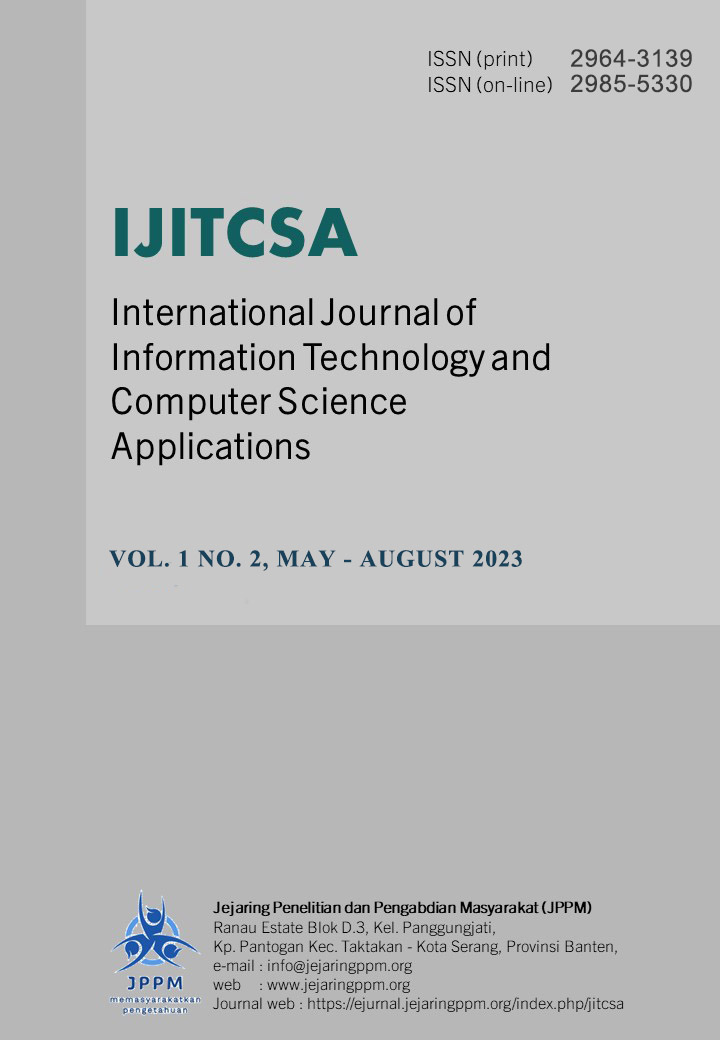Challenges and Strategies for Inventory Management in Small and Medium-Sized Cosmetic Enterprises: A Review
DOI:
https://doi.org/10.58776/ijitcsa.v1i2.30Keywords:
Inventory management, small and medium-sized enterprises, cosmetics industryAbstract
This research paper presents a case study analysis of the inventory management challenges faced by small and medium-sized cosmetic enterprises (SMEs) and the strategies employed to overcome them. The study was conducted through qualitative research methods, including in-depth interviews with managers of SMEs in the cosmetics industry. The findings revealed that the major challenges faced by SMEs in managing their inventory were poor demand forecasting, inadequate storage facilities, and lack of efficient inventory control systems. To mitigate these challenges, SMEs employed strategies such as outsourcing inventory management, adopting technology-driven inventory control systems, and establishing efficient supply chain networks. The study concludes that effective inventory management is crucial for the success of SMEs in the cosmetics industry, and the strategies identified in this study could be useful for practitioners seeking to improve their inventory management practices.
References
. S. L. K. Jyotirmoy and N. K. Pandey, “Resolution of critical problem faced during HRT construction of Parbati II, Hydro Project Through Seismic Tomography,” 1st Indian Near Surface Geophysics Conference & Exhibition, 2019. doi:10.3997/2214-4609.201979009
. S. Z. Buyong, S. Z. Syed Marzuki, J. Junid, and M. A. Abdul Kadir, “ECO business initiatives among Malaysian SME Green Technology Companies,” Environment-Behaviour Proceedings Journal, vol. 6, no. 17, pp. 17–23, 2021. doi:10.21834/ebpj.v6i17.2827
. G. Ajit, T. Lucas, and R. Kanyan, “Design and technology in Malaysian Secondary Schools: A perspective on challenges,” Malaysian Journal of Social Sciences and Humanities (MJSSH), vol. 7, no. 1, pp. 335–351, 2022. doi:10.47405/mjssh.v7i1.1219
. R. V. Kryvakovska, “Decision support system for assessing the state of atmospheric air under inaccurate input data,” System research and information technologies, vol. 0, no. 3, pp. 55–62, 2019. doi:10.20535/srit.2308-8893.2019.3.05
CHALLENGES AND STRATEGIES FOR INVENTORY MANAGEMENT IN SMALL AND MEDIUM-SIZED COSMETIC ENTERPRISES: A REVIEW
. L. Monnas, “Reading English royal inventories: Furnishings and clothing in the inventory of king Henry V (r. 1413–1422),” Inventories of Textiles – Textiles in Inventories, pp. 89–110, 2017. doi:10.14220/9783737003926.89
. A. Smithers, “Management behaviour, investment, debt, and pay-out ratios,” The Economics of the Stock Market, pp. 21–30, 2022. doi:10.1093/oso/9780192847096.003.0004
. A. Sepehri, “Inventory management under Carbon Emission Policies: A Systematic Literature Review,” Inventory Optimization, pp. 187–218, 2021. doi:10.1007/978-981-16-1729-4_12
. S. W. Chan et al., “Factors influencing the effectiveness of inventory management in manufacturing smes,” IOP Conference Series: Materials Science and Engineering, vol. 226, p. 012024, 2017. doi:10.1088/1757-899x/226/1/012024
. R. K. Singh, “Developing the framework for coordination in Supply Chain of smes,” Business Process Management Journal, vol. 17, no. 4, pp. 619–638, 2011. doi:10.1108/14637151111149456
. A. Wieland, “Dancing the supply chain: Toward Transformative Supply Chain Management,” Journal of Supply Chain Management, vol. 57, no. 1, pp. 58–73, 2020. doi:10.1111/jscm.12248
. A. Qomaruddin Munir, H. Surbakti, H. Hamdani, and H. Ismanto, “Demographic Spatial Data Management in Indonesia with the approach of Geographic Information System Model,” Indian Journal of Science and Technology, vol. 9, no. 48, 2016. doi:10.17485/ijst/2016/v9i48/102996
. “What is organisation development? an introduction to the field,” A Field Guide for Organisation Development, pp. 25–46, 2016. doi:10.4324/9781315564692-9
. S. Pavan, Expect the world to mess up your data: Surveying the political attitudes and behavior of immigrant groups, 2019. doi:10.4135/9781526478627
Downloads
Published
How to Cite
Issue
Section
License
Copyright (c) 2023 Arthit Kittisak

This work is licensed under a Creative Commons Attribution 4.0 International License.
Attribution 4.0 International
You are free to:
- Share — copy and redistribute the material in any medium or format for any purpose, even commercially.
- Adapt — remix, transform, and build upon the material for any purpose, even commercially.
- The licensor cannot revoke these freedoms as long as you follow the license terms.
Under the following terms:
- Attribution — You must give appropriate credit , provide a link to the license, and indicate if changes were made . You may do so in any reasonable manner, but not in any way that suggests the licensor endorses you or your use.
- No additional restrictions — You may not apply legal terms or technological measures that legally restrict others from doing anything the license permits.
Notices:
You do not have to comply with the license for elements of the material in the public domain or where your use is permitted by an applicable exception or limitation .
No warranties are given. The license may not give you all of the permissions necessary for your intended use. For example, other rights such as publicity, privacy, or moral rights may limit how you use the material.





